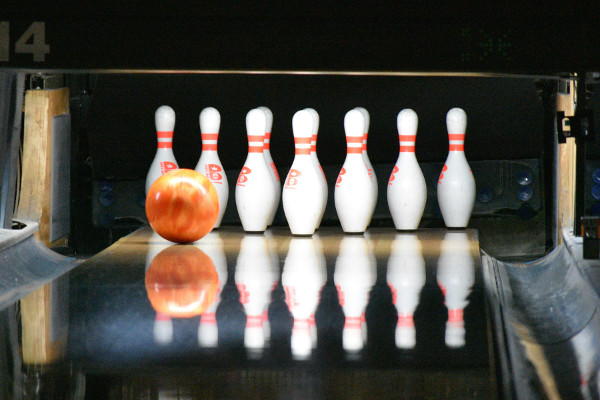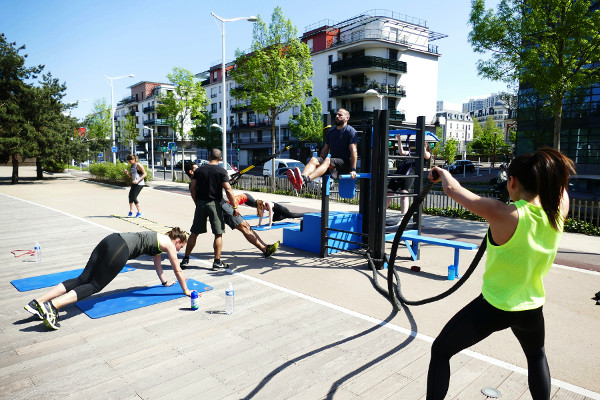How to Start Playing Darts: Essential Tips and Techniques for Beginners
Starting to play darts is easier than you might think, and with the right guidance, anyone can pick up the basics quickly. Whether you’re curious about the equipment, throwing techniques, or how to practice effectively at home, this guide covers everything you need. From choosing the perfect darts to developing mental focus, these practical tips will help you build confidence and enjoy the game. Dive in and discover how to make your dart-playing journey both fun and rewarding.
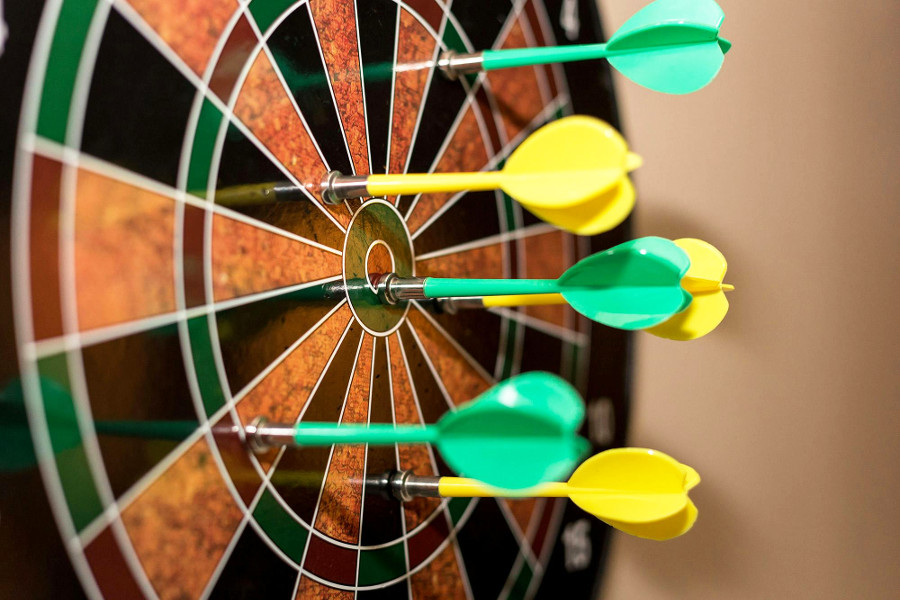
What equipment do I need to start playing darts?
Getting started with darts is surprisingly simple, and you don’t need much to begin. All you really need is a dartboard, a set of darts, and a spot to throw them safely. Traditional bristle dartboards are great for steel-tip darts, while electronic boards work with soft-tip darts and are often easier for beginners. Most starter sets come with three darts, but having a few extras on hand never hurts. Marking a throwing line, called the oche, is important so you stand at the right distance. Good lighting helps you see the board clearly, and some wall protection can save your walls from stray darts. Once you have these basics, you’re ready to enjoy the game and start improving with each throw.
How do I choose the right darts for beginners?
Choosing your first darts can feel a bit overwhelming, but it really comes down to comfort and feel. As a beginner, aim for darts weighing between 20 and 24 grams; they’re neither too heavy nor too light. The shape of the barrel – whether straight, torpedo, or scalloped – affects grip, so try different types until something feels natural in your hand. Materials like brass are affordable for newbies, while tungsten darts are slimmer and more durable but pricier. Flights and shaft lengths matter too; standard flights offer stability, and medium shafts balance well. Don’t rush your choice – testing different darts at a local shop or playing venue can help you find what fits you best. Ultimately, the right dart is the one that feels like an extension of your hand.
What is the official darts throwing distance and height?
When setting up your dartboard, accuracy matters – not just for scoring, but for building good habits. The official throwing distance for steel-tip darts is 7 feet 9¼ inches from the board to the oche, or throwing line. Soft-tip darts are usually thrown from 8 feet away. The bullseye should be mounted exactly 5 feet 8 inches above the floor, ensuring everyone plays under the same conditions. These measurements come from major darts organizations like the PDC and WDF. Using a tape measure and a level will help you get it right. Sticking to these standards at home or in practice means you’re training yourself properly, so when you step into a league or competition, everything feels familiar and comfortable.
How do I stand and position myself when throwing darts?
Standing right is the first step to a steady throw. Start with your dominant foot just behind the oche, pointing slightly towards the board. Your back foot should rest comfortably behind you, providing balance. Turn your body about 45 degrees to the board rather than facing it head-on. This angled stance helps keep your muscles relaxed and your movements fluid. Keep your weight balanced or slightly forward, leaning just enough to feel stable. Your shoulders should stay relaxed, not tense, and your elbow should be steady as you prepare to throw. The goal is a stance that feels natural and consistent, allowing you to repeat your motion comfortably with every throw.
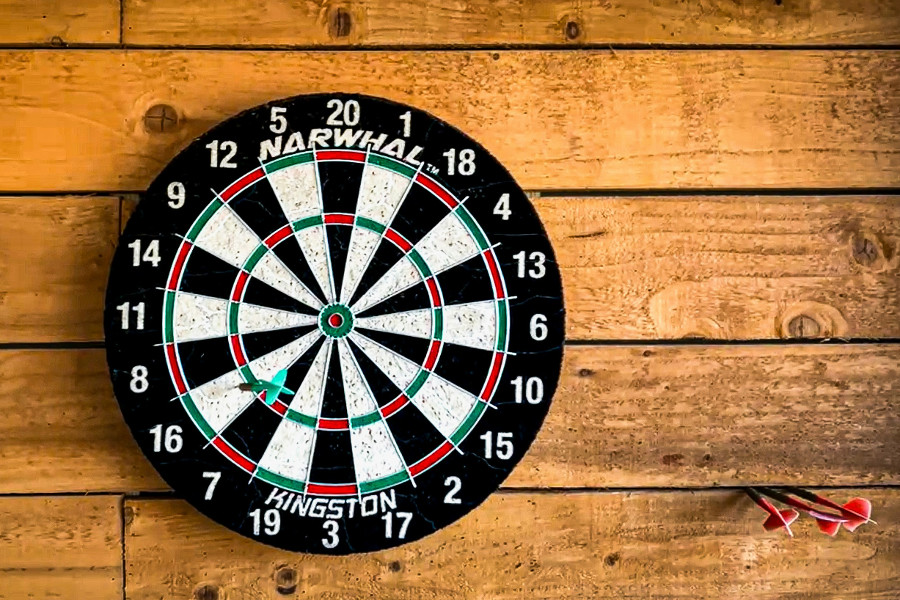
What basic throwing technique should I learn first?
The essence of a good throw lies in smoothness and control. Hold the dart lightly but firmly – too tight, and your throw will be stiff; too loose, and it’ll be wild. Keep your elbow at about 90 degrees, letting your forearm do most of the work while keeping your upper arm steady. The motion should be straight and gentle, like a pendulum swinging naturally, not jerky or forced. After releasing the dart, follow through by pointing your hand toward the target; this helps maintain accuracy. Take your time with each throw – rushing breaks rhythm. Practicing this simple but effective technique over and over builds the muscle memory you need to improve.
What is the best way to practice at home?
Practicing at home works best when you have a consistent setup and a clear plan. Mount your dartboard at the right height and distance, and mark your oche so every throw is from the same spot. Start with simple drills like “around the clock,” aiming for each number in sequence. This builds your accuracy without overwhelming you. Play scoring games like 301 or 501 to get used to keeping track and handling pressure. Short practice sessions of 20 to 30 minutes daily work better than long, unfocused hours. Keep a record of your progress, noticing patterns and improvements. When possible, play with friends to keep it fun and simulate the feel of real matches.
What are common beginner mistakes and how can I avoid them?
Many beginners make the mistake of gripping the dart too tightly, which leads to tense, unpredictable throws. Find a comfortable grip that’s firm but relaxed, and stick with it. Another trap is poor stance – standing too rigid or too loose upsets your balance and aim. Focus on a stable, natural position and keep your shoulders relaxed. Some beginners forget to follow through after releasing the dart, which hurts accuracy. Make sure your hand continues pointing toward the board after the throw. Finally, avoid rushing your throw. Take your time, aim steadily, and practice consistently. Recognizing these common errors early can save you frustration and speed up your progress.
How do I improve my aim and consistency?
Improving aim and consistency is all about steady, focused practice. Start by aiming at one number repeatedly – like the bullseye or triple 20 – to build precision. Break your throw into parts: stance, grip, and release, and work on perfecting each. Develop a consistent routine before each throw to build rhythm. After releasing, always follow through with your arm pointing at the target to reinforce accuracy. Track your grouping – the closeness of your darts on the board – to measure improvement. Adjust your grip or stance slightly if your darts consistently drift in one direction. Remember, progress takes time, so stay patient and keep practicing regularly to see real gains.
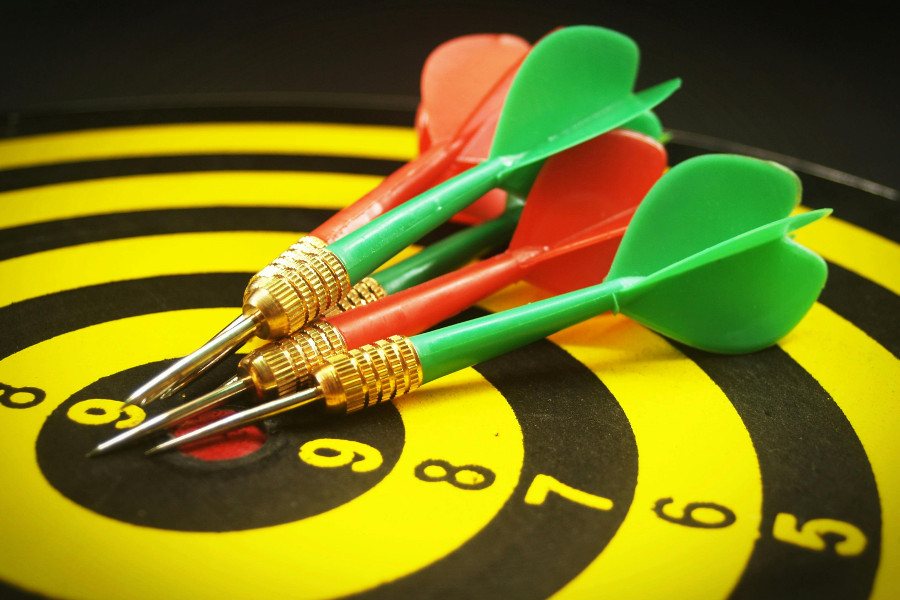
Should I play steel-tip or soft-tip darts as a beginner?
Whether to start with steel-tip or soft-tip darts depends largely on where and how you want to play. Steel-tip darts use traditional bristle boards and offer the most authentic experience – perfect if you plan to join leagues or competitive play. They’re sturdy and precise but need space because steel tips can damage walls. Soft-tip darts use plastic tips and electronic boards, which automatically score your game and are safer for home use or younger players. Soft-tip sets tend to be lighter and less expensive. Both types are valid for beginners. What matters most is finding a comfortable setup and practicing regularly, no matter which style you pick.
How often should I practice to get better?
Improvement in darts comes from regular, focused practice rather than long, infrequent sessions. Aim for 20 to 30 minutes per day, about four to five times a week, to build muscle memory and precision. Short, consistent practices keep your mind fresh and avoid burnout. Each session should have a goal – whether it’s working on your aim, stance, or playing scoring games like 301. If daily practice isn’t possible, three well-planned sessions per week still offer solid progress. Keep track of your performance and challenge yourself gradually. With steady commitment, you’ll notice your throws becoming more accurate and confident over time.
How can I find or join a local darts league?
Finding a local darts league is easier than you might think and a great way to grow as a player. Many pubs and community centers host weekly dart nights or leagues, so start by asking around at nearby venues. Look for flyers or notice boards advertising leagues. Online platforms like Facebook groups, Meetup, or regional darts association websites can connect you with local players and teams. Visiting a darts venue and chatting with regular players is often the best way to find a welcoming community. Most leagues welcome beginners, offering a friendly environment to learn, compete, and enjoy the game socially.
What are some good tips to develop mental focus in darts?
Mental focus in darts is just as crucial as physical skill. Develop a pre-throw routine that helps you center your attention – take a deep breath, visualize your target, and clear your mind. Avoid dwelling on past throws or worrying about your score; staying in the moment keeps you calm and sharp. Break your game into smaller, manageable goals, like hitting a specific segment, to keep focus steady. Practicing mindfulness outside the game can also improve your concentration during play. Lastly, maintain a positive mindset. Confidence and patience go hand-in-hand with focus, helping you enjoy the process and perform at your best.
Here are a few useful resources for further reading:
Enjoy your adventure in playing darts.

